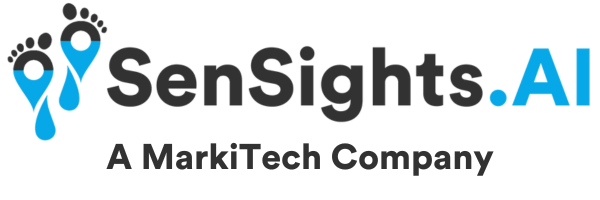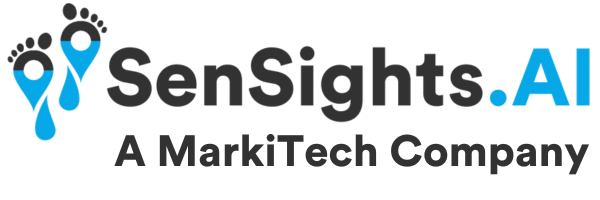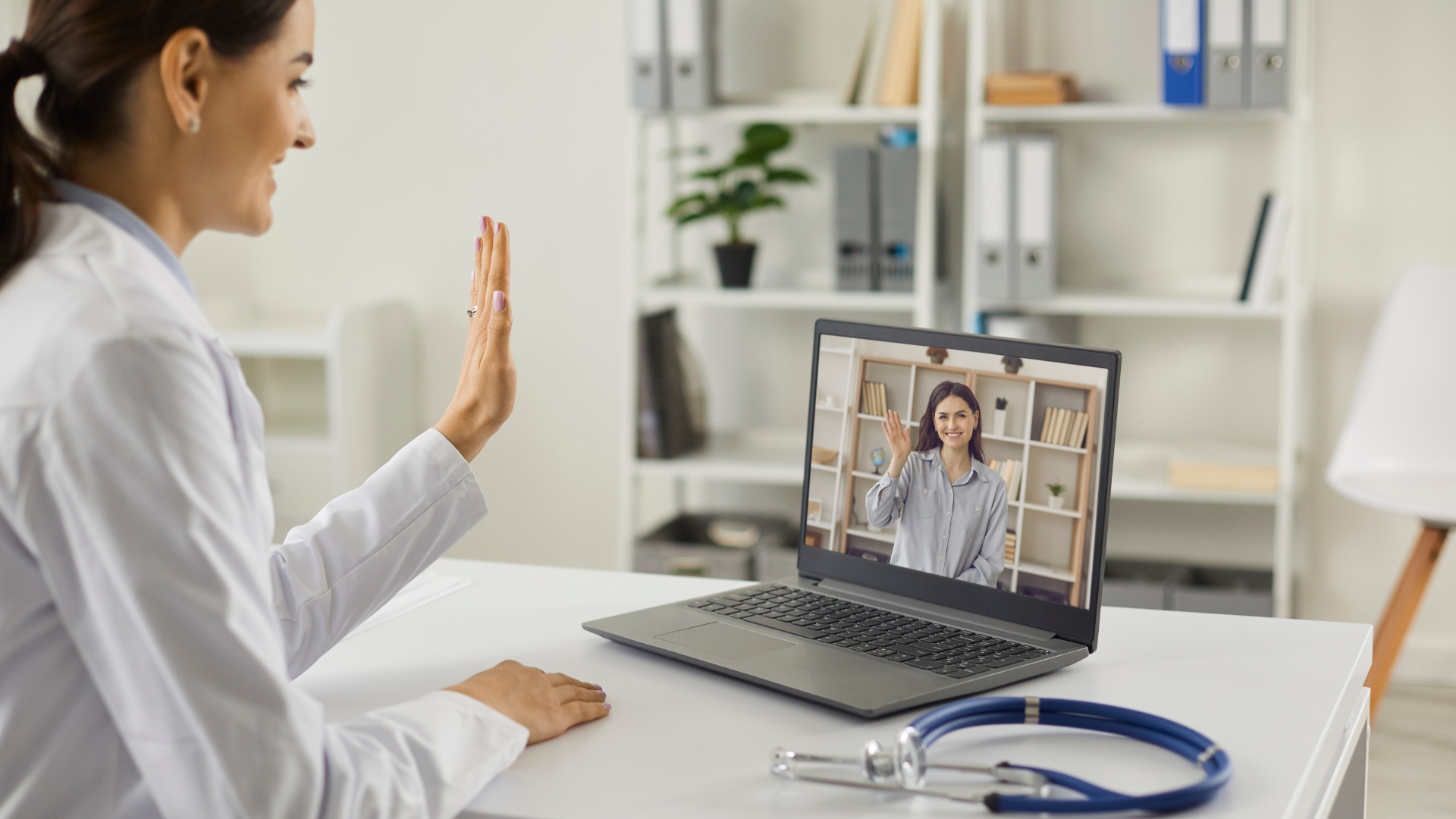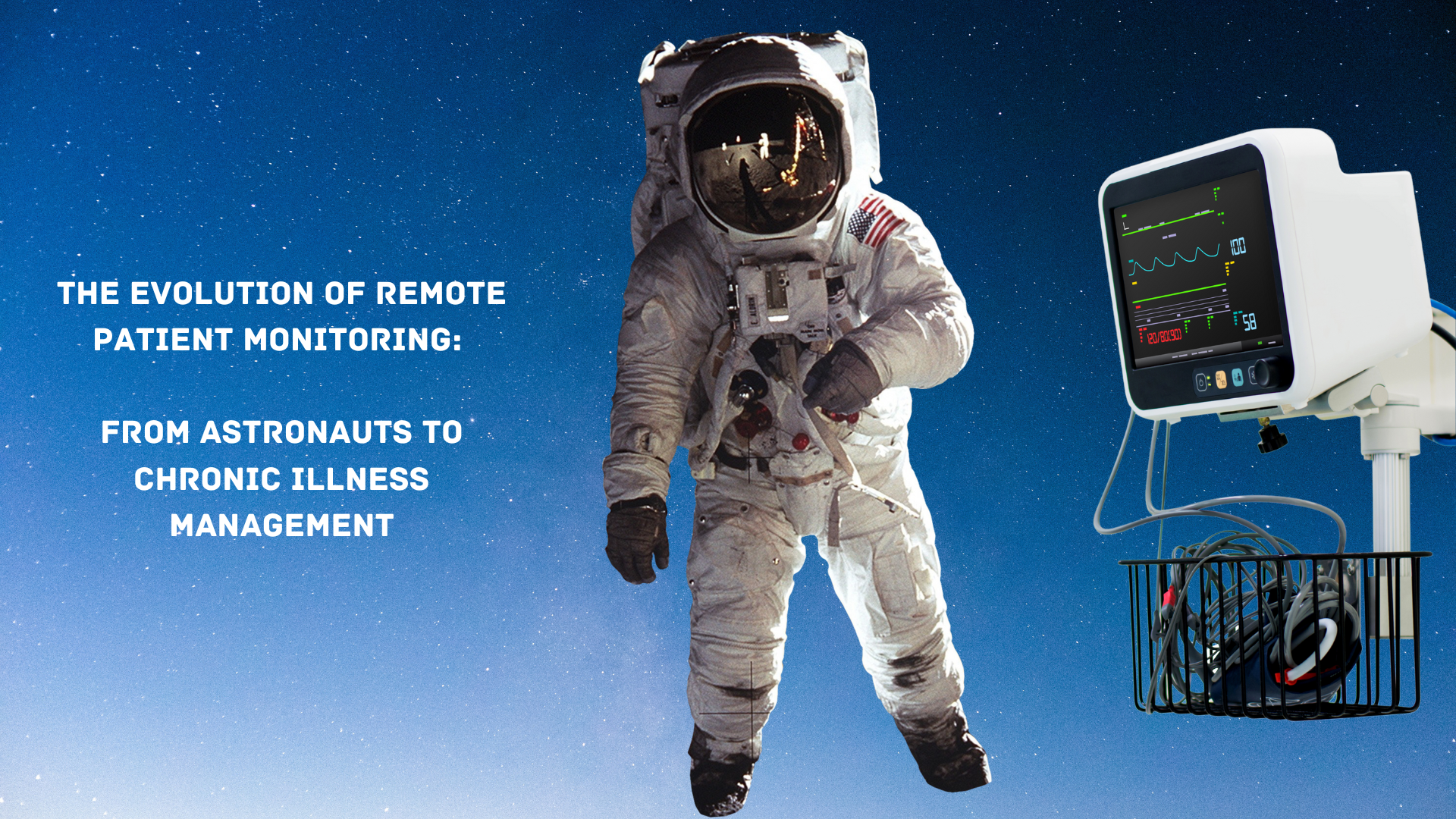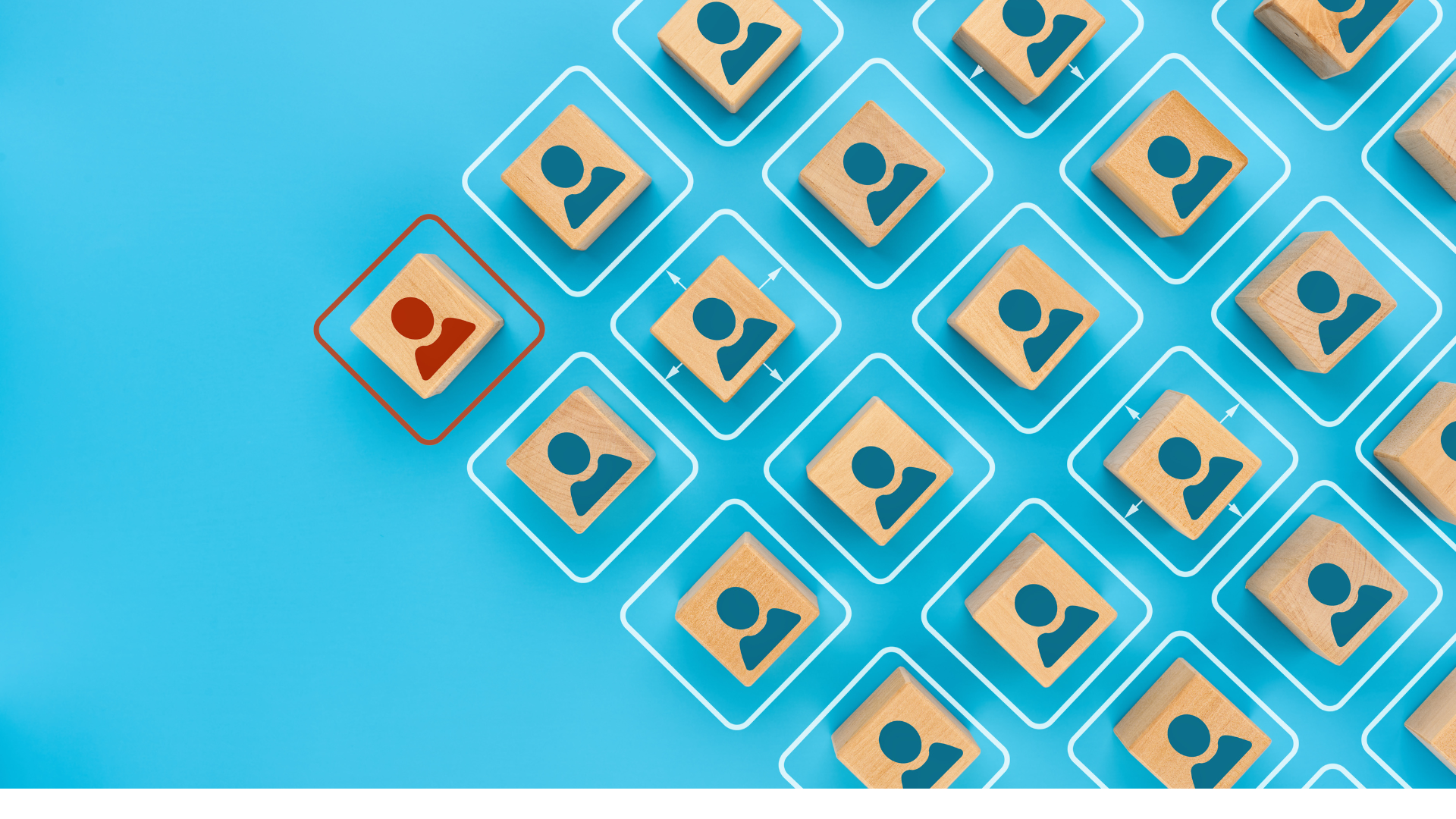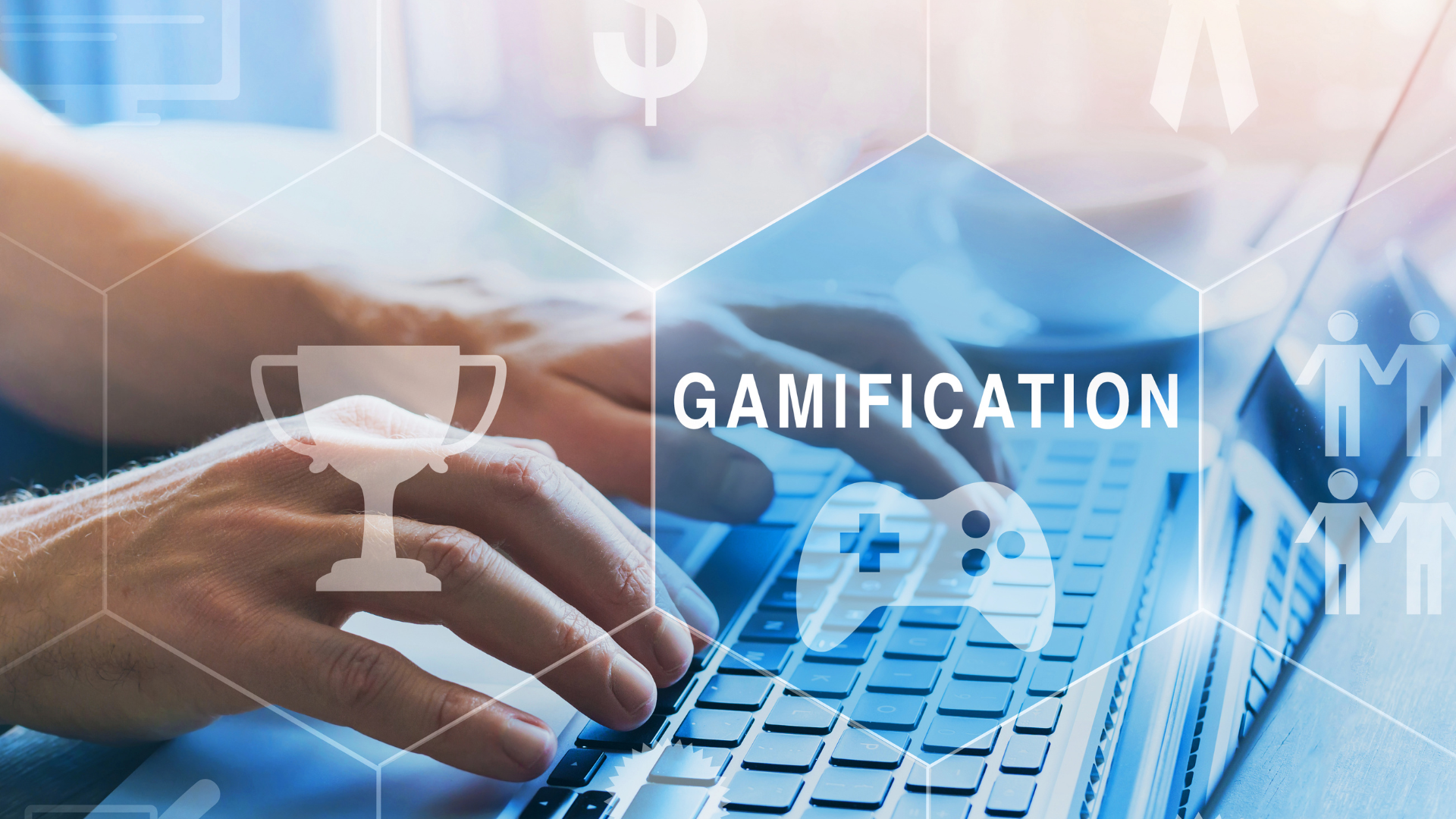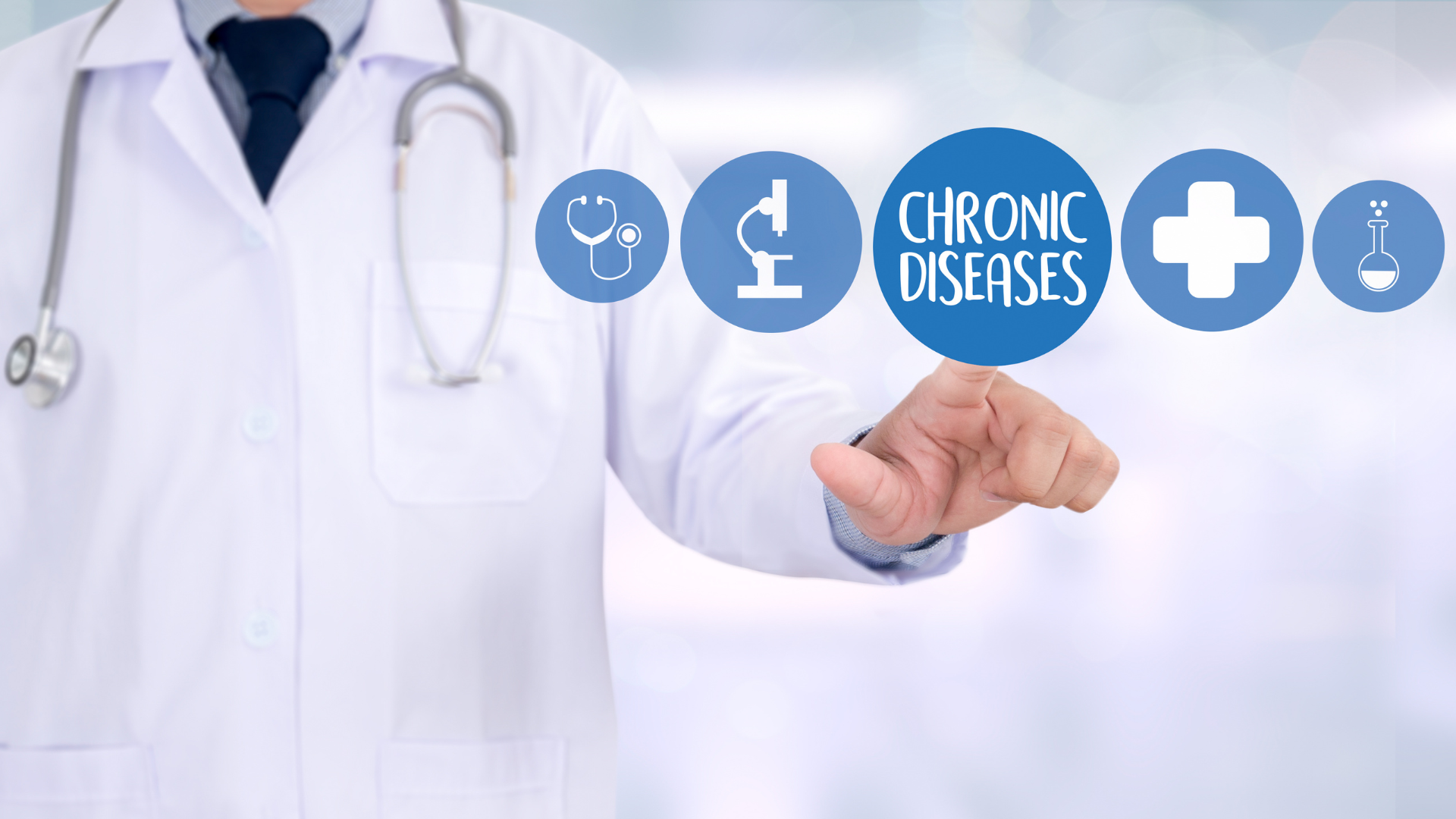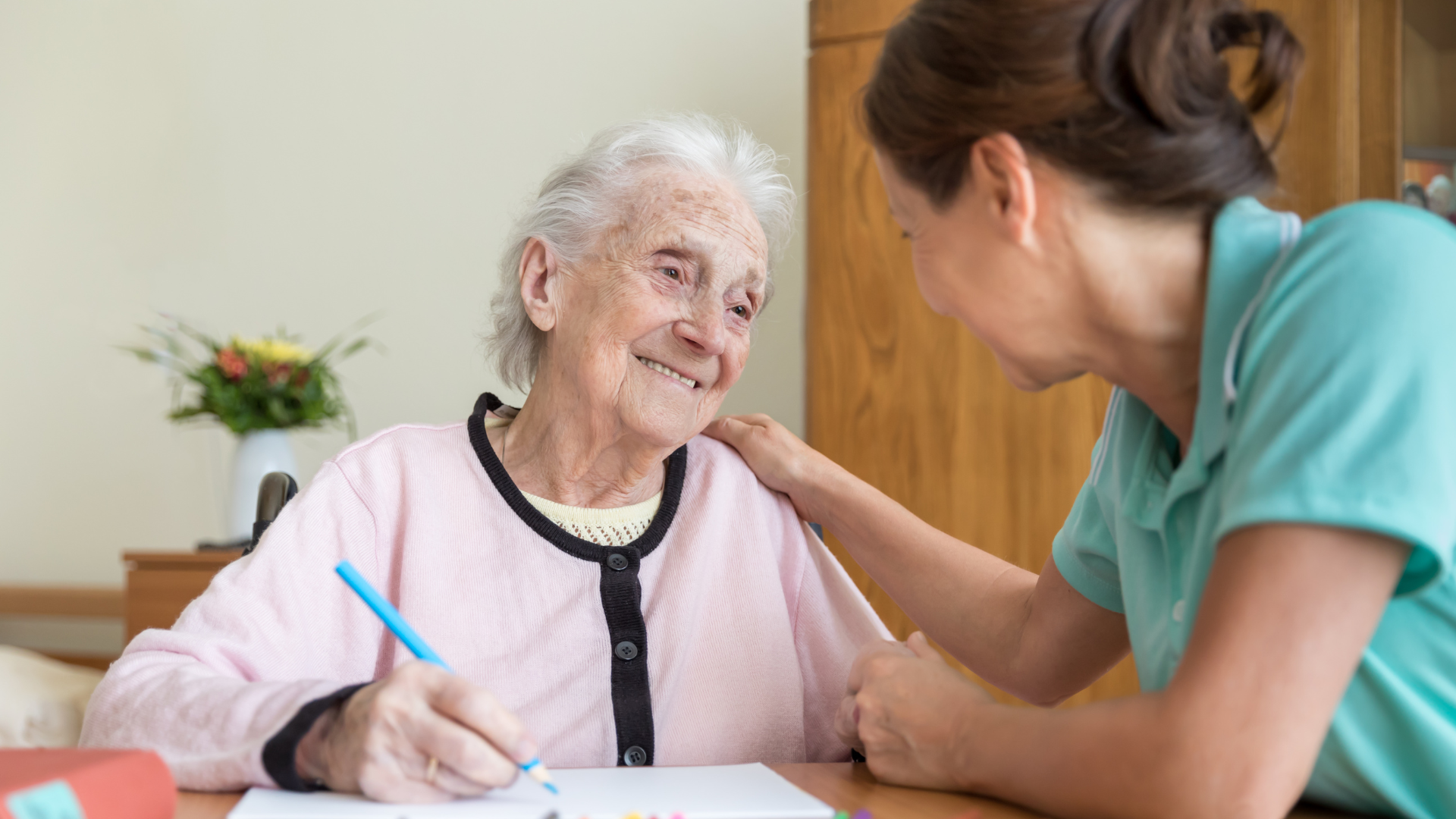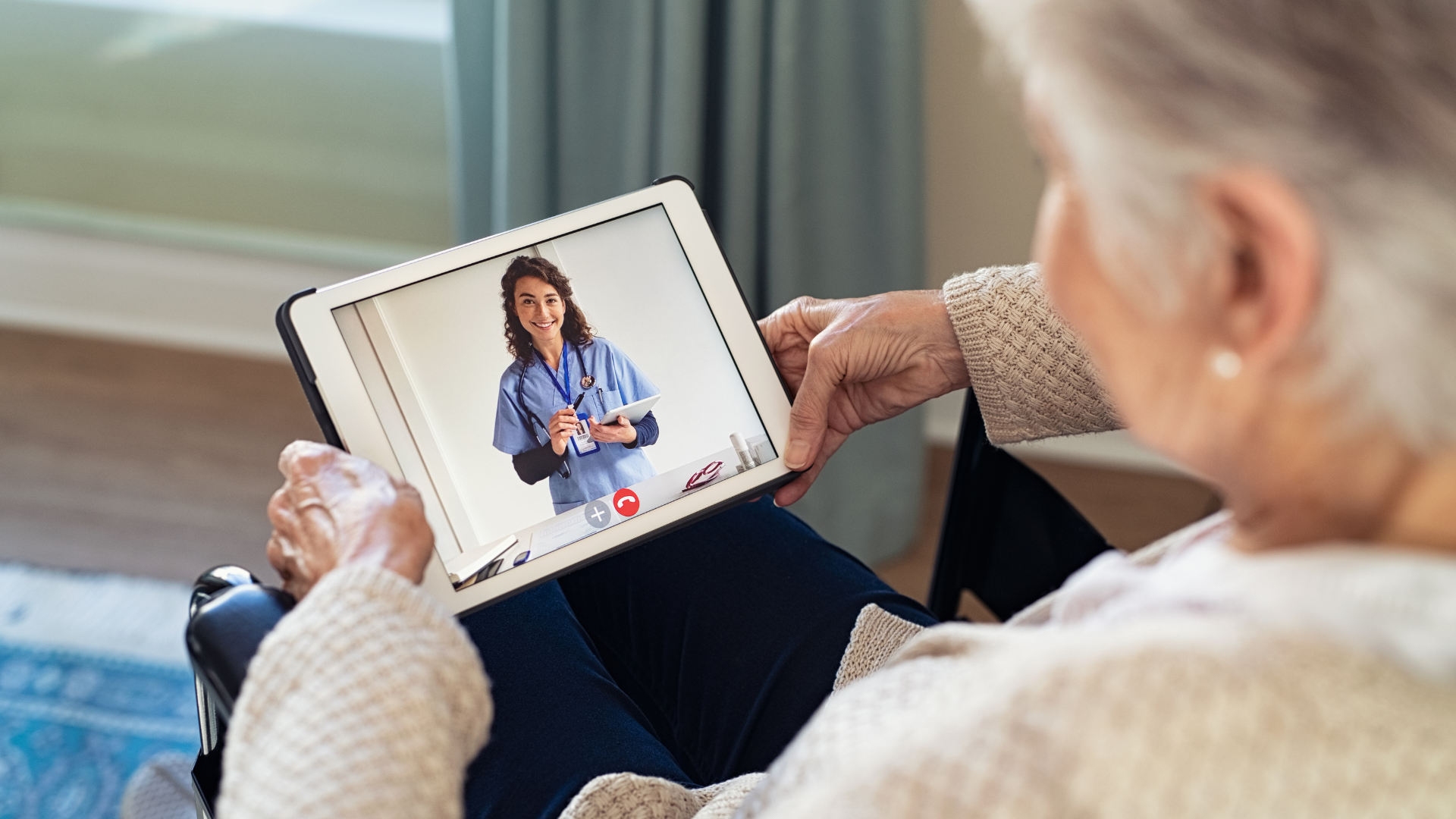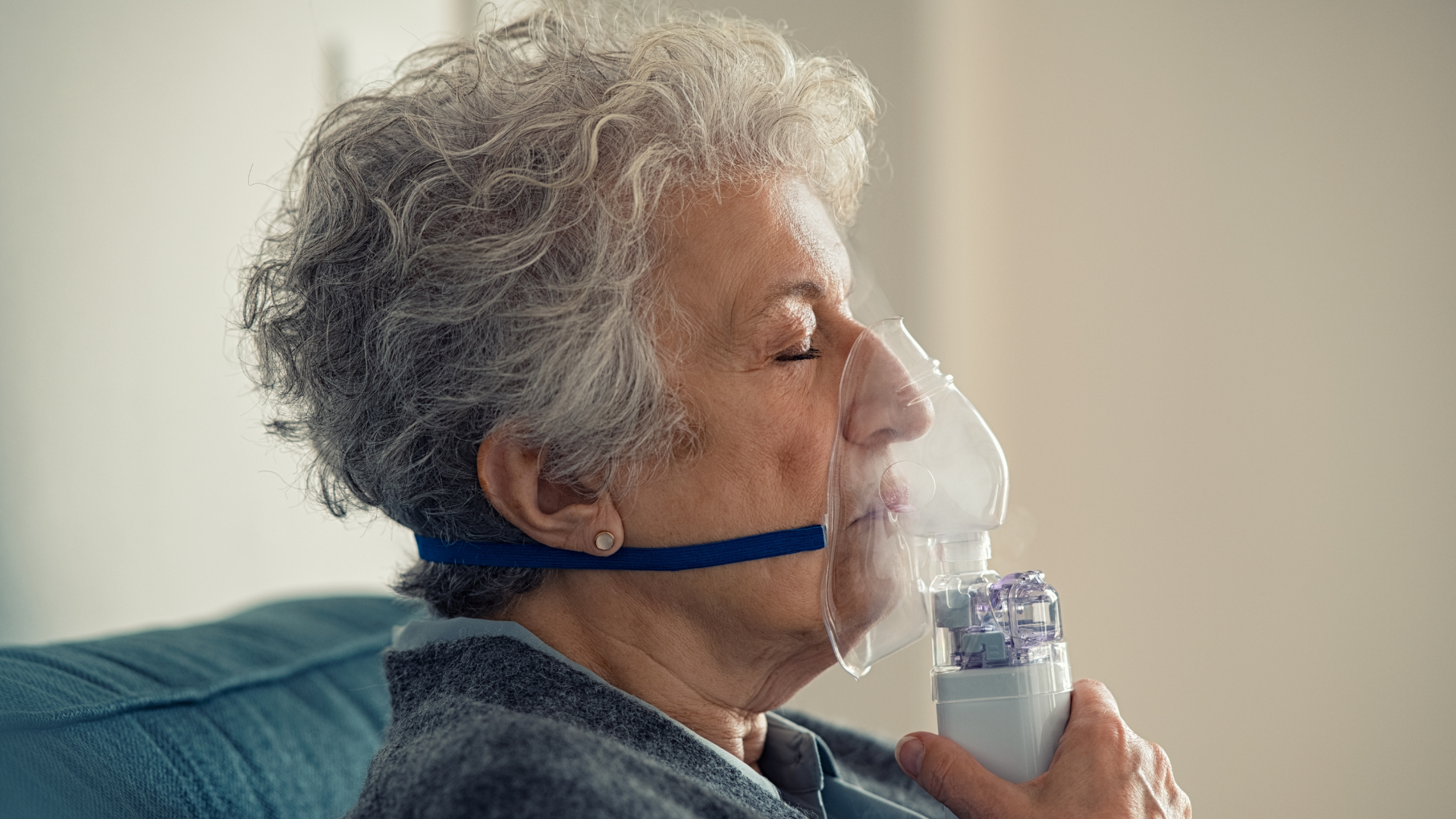Beyond the Exam Room: The role of Physicians in RPM
Remote Patient Monitoring (RPM) is a rapidly growing field in healthcare that allows for the continuous monitoring of patients’ health outside of the traditional care settings. This technology enables healthcare providers to remotely collect and monitor a range of patient data such as vital signs, activity levels, medication adherence, and symptoms, in real-time. The goal […]...
